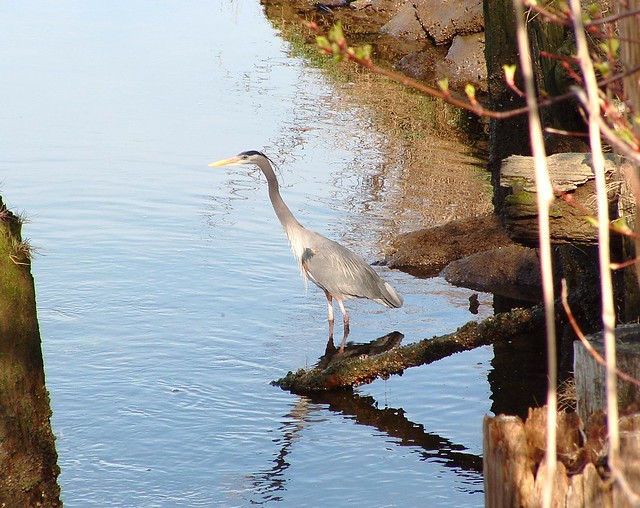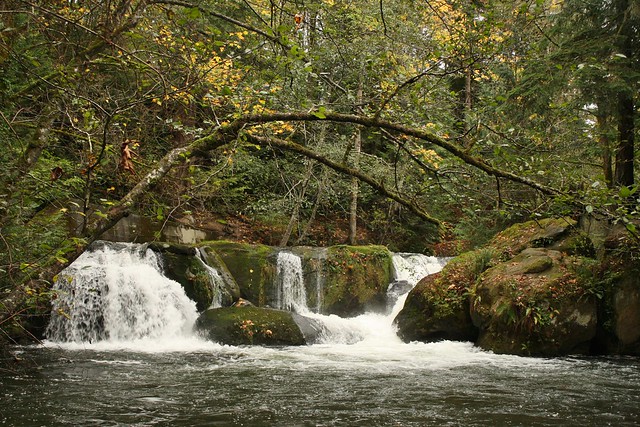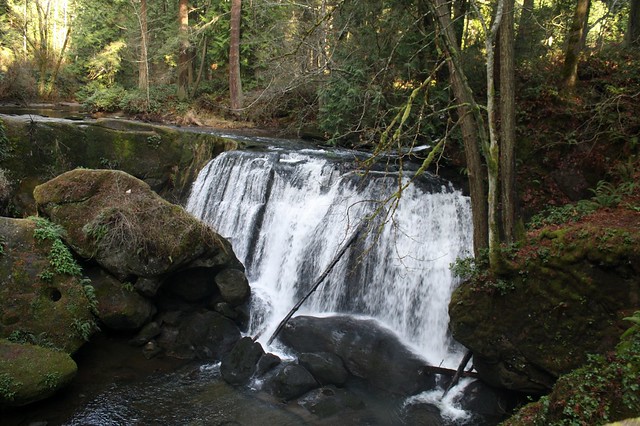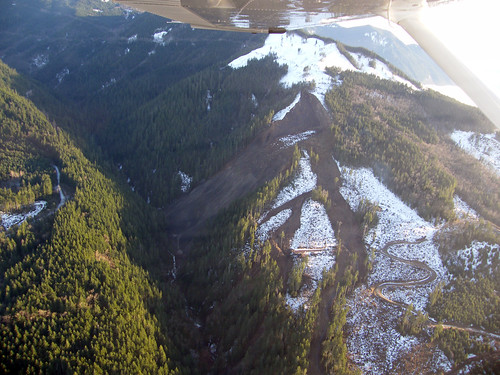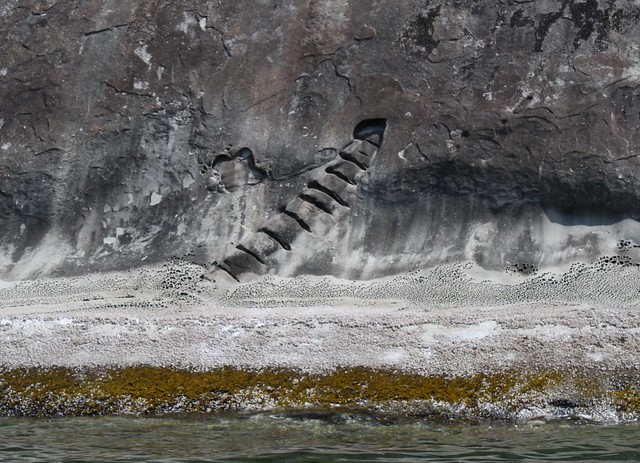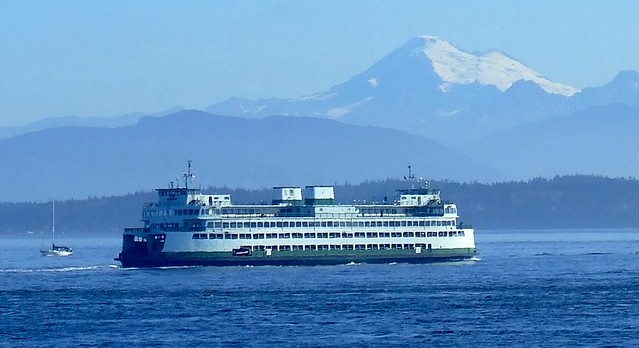
A Washington State Ferry plying between the San Juan Islands and Anacortes with Mt. Baker in Background
Working boats are those that haul our freight, catch our fish, transport us where bridges don’t go, and rescue us when we are either unlucky or foolhardy at sea. These are hard working craft with hard working captains and crews.
Pleasure boats are often elegant and great for sport. We’ve all seen the graceful sailboats with their colorful billowing spinnakers and sailors’ hair blowing in the breeze. And then there are the really big giant multimillion dollar yachts that for many of us elicit varying parts of envy and repugnance. I believe that far too little attention is paid to the real boating troopers who toil daily in all kinds of tides and weather. In this photo diary I highlight these intrepid mules of the waterways. No fair weather sailors here.
I live on a bay at the edge of the Salish Sea. We have a wonderful harbor that moors both pleasure craft and working boats, including a sizeable fishing fleet that fishes both locally and in the waters of Alaska.
Most of these photos are taken on or around Bellingham Bay including Squalicum and Fairhaven Harbors. A few photos are from the nearby San Juan Islands and the Northern Puget Sound, all parts of the Salish Sea. Some boats are at dock while others are underway carrying out their various nautical occupations.
